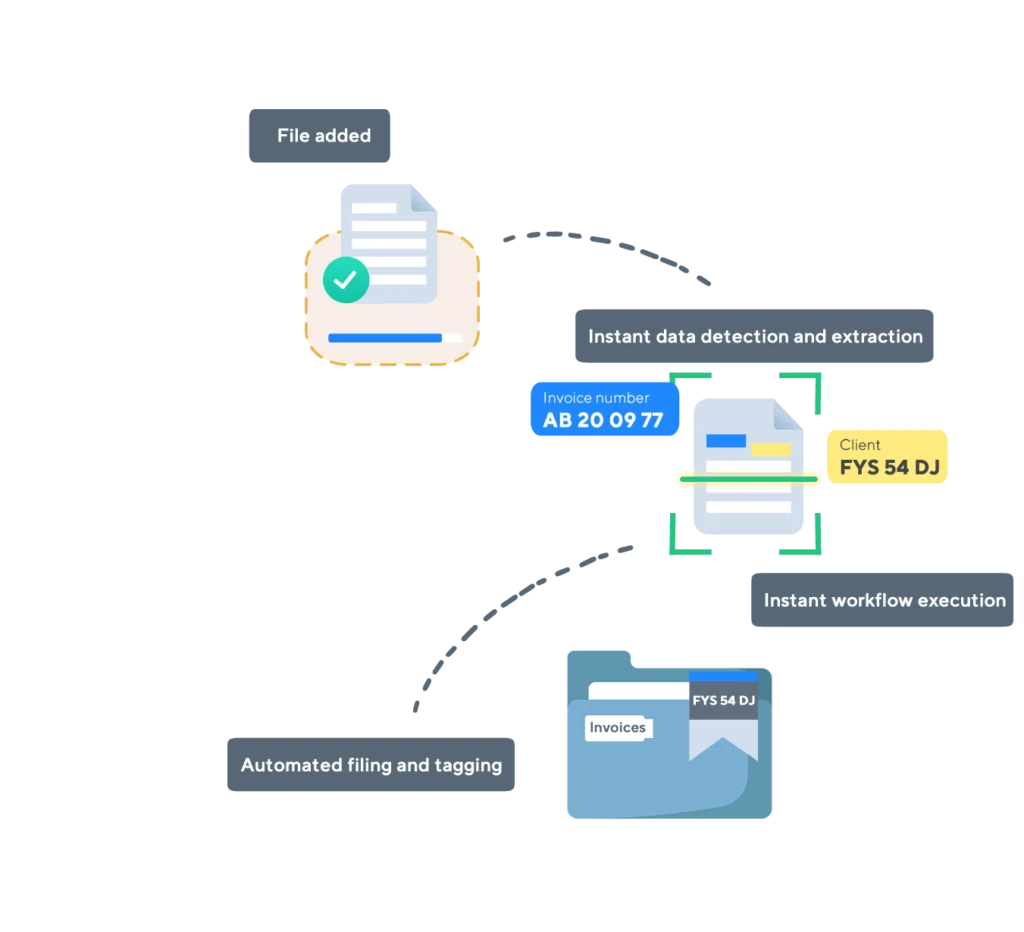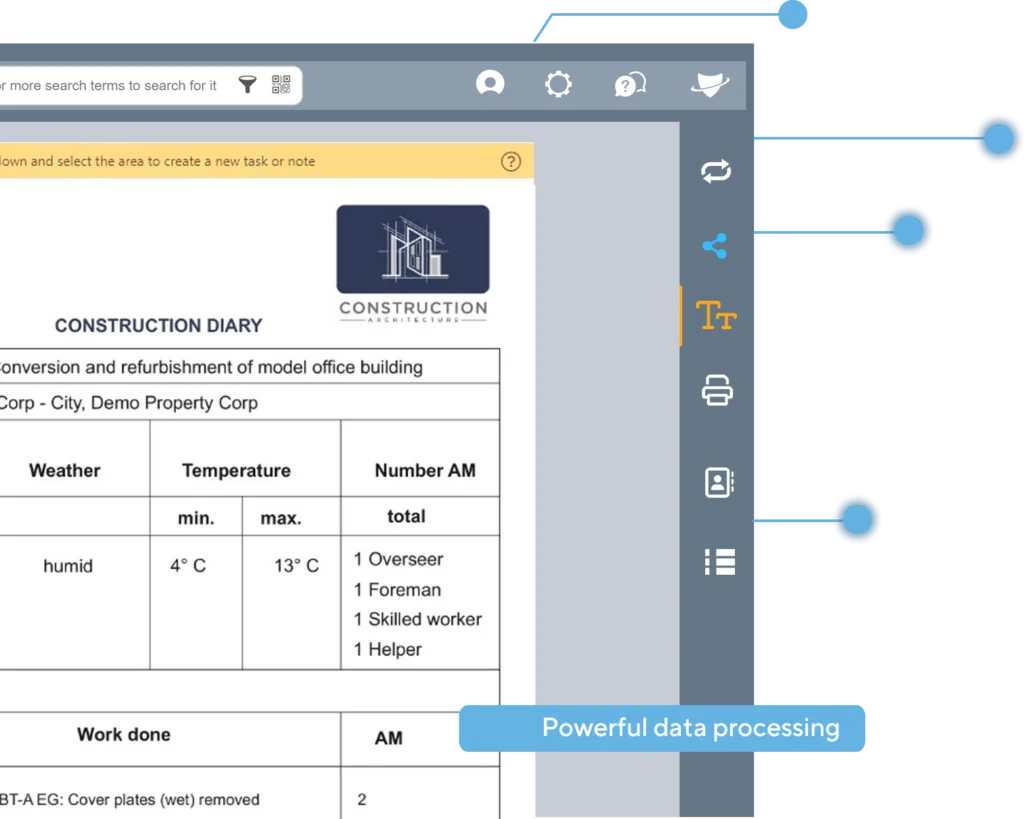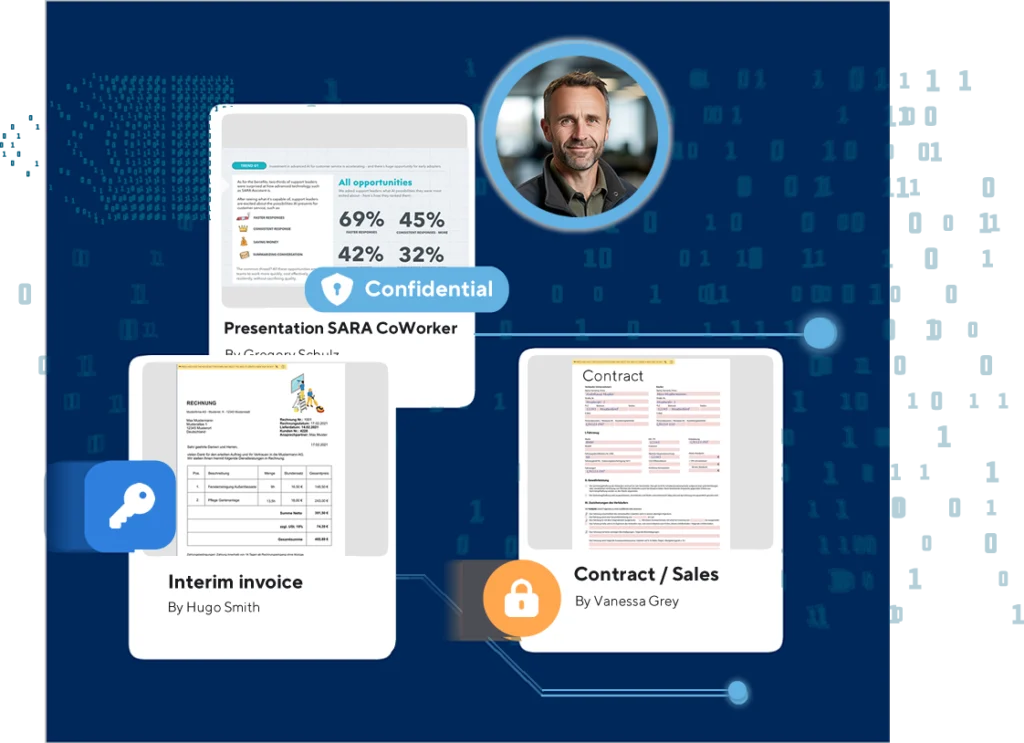Modernizing business operations by transitioning from paper-based processes to automated digital workflows is crucial for enhancing efficiency. However, careful planning and execution are required to ensure smooth and successful implementation.
Here are seven essential tips to assist organizations on this transformative journey.
Engage Stakeholders: Before designing digital workflows, engage key stakeholders to discuss existing processes thoroughly. Gather insights from individuals involved in day-to-day operations to ensure that the digital solution aligns with actual workflow requirements.

Reflect Existing Processes: When mapping out digital workflows, aim to replicate existing processes in the digital realm. Avoid introducing radical changes all at once, as this can lead to user resistance and confusion.
Document Changes: During the optimization and digitization process, document any modifications made to facilitate smoother testing and troubleshooting. This documentation will help in identifying issues and determining whether they stem from the new platform or process.
Continuous Optimization: After implementing the digital document management system, regularly assess and refine workflows. Look for opportunities to streamline processes, eliminate redundant steps, and enhance overall efficiency. Solicit feedback from end-users to identify areas for improvement and ensure that the system evolves to meet changing needs.

Customize User Experience: Leverage the flexibility of digital workflows to tailor the user experience according to your organization’s specific requirements. Implement features such as email notifications, reminders, and web services to enhance user engagement and productivity.
Embrace Industry-Agnostic Solutions: While some document management systems are tailored to specific industries, opt for solutions that offer versatility across various sectors. Digital workflows can benefit organizations in manufacturing, healthcare, finance, and beyond, regardless of industry-specific nuances.
Avoid Closed Systems: Please also note that you use open systems that allow you to export your files. Avoid systems that are not freely available for testing.

By following these seven tips, organizations can successfully navigate the transition to automated digital workflows, driving efficiency, productivity, and innovation across their operations.
Why Embrace Paperless Workflows?
Moving to a paperless office offers numerous benefits, including increased efficiency, reduced costs, and enhanced user experience. By leveraging a document management system, you can customize workflows to align with your organization’s unique requirements.
Whether you’re in manufacturing, healthcare, finance, or any other industry, digital workflows offer a scalable solution to streamline operations and drive productivity.
If you’re ready to harness the power of digital workflows, take the first step by assessing your current paper-based processes.
With the right approach and tools in place, you can unlock new levels of efficiency and innovation within your organization.
Contact now: https://www.paperoffice.com
Try out for free: https://start.paperoffice.com/en/download/paperoffice-installation-package



